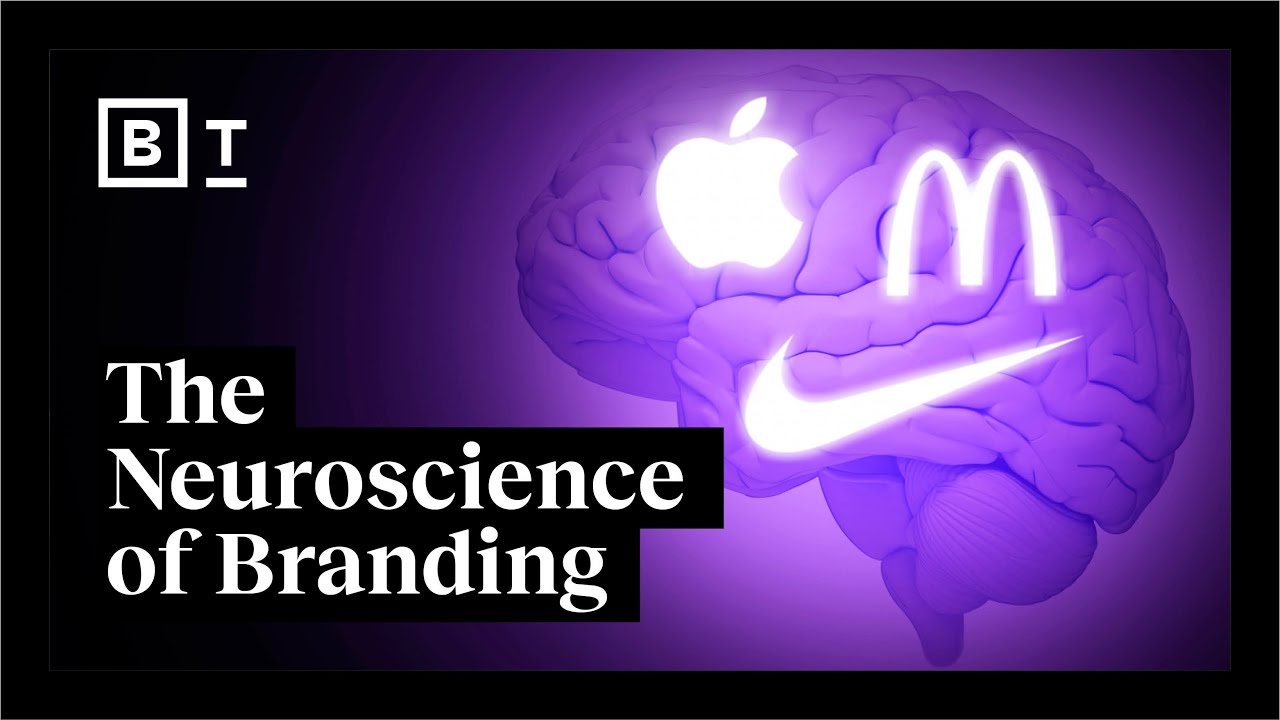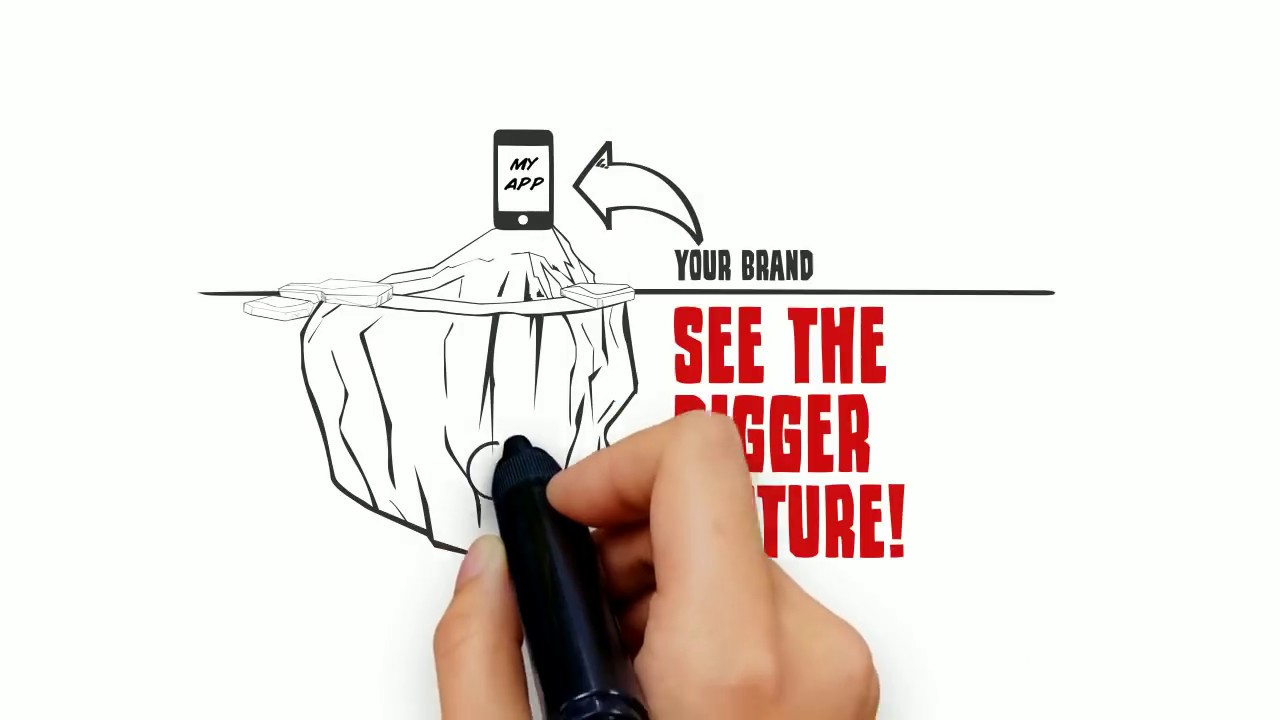
Brand Engagement Strategy: Building Loyalty and Trust in a Competitive Market
In today’s fast-paced business environment, a strong brand engagement strategy is your biggest asset for developing lasting relationships with your audience. With 2024 right around the corner, the marketing landscape is shifting rapidly, making it crucial for businesses—from aspiring speakers to large corporations—to innovate their approach to brand engagement. By leveraging authentic connections and community-building efforts, speakers and entrepreneurs can ensure they’re not just making sales, but also fostering trust and loyalty among their customers.
Let’s dive into the key components of a successful brand engagement strategy and explore how you, too, can cultivate loyalty and trust in your endeavors.

1. Authentic Storytelling
Authentic storytelling is at the heart of a powerful brand engagement strategy. Today’s consumers aren’t just looking for products; they crave connections with brands that resonate with their personal values and experiences. Take Patagonia, for example. This outdoor apparel giant doesn’t just sell jackets and vests; they passionately share stories about environmental conservation and activism. Their campaigns highlight real struggles and triumphs, significantly deepening their customer’s emotional investment in the brand.
When you craft your own brand story, be real. Share your journey, your challenges, and your victories. Great storytelling not only captures attention, but it also fosters loyalty. Authenticity shows you’re approachable and relatable, which is vital for building lasting relationships. Like the way Brand Storytelling elevates their message, your stories should reflect your values and create a meaningful narrative that resonates with your audience.

2. Personalized Customer Experiences
Getting personal is a game-changer. A well-executed brand engagement strategy thrives on personalized customer experiences. Let’s take Starbucks and their incredible loyalty program as an example. By utilizing data analytics, Starbucks tailors its offerings based on user preferences and purchase histories. This not only amps up customer satisfaction, but it also surefire increases repeat visits—cementing loyalty in the process.
Engage your audience by recognizing their individual needs and preferences. Simple gestures like personalized emails or customized offers can make customers feel seen and appreciated. Think of it this way: you’re not just a brand; you’re a solution tailoring your services and products to meet the specific desires of your audience.

3. Engaging on Social Media
Today, consumers expect two-way conversations with brands, and that’s where social media shines. Brands like Wendy’s have mastered this art. Their witty banter on Twitter not only entertains but also keeps them top-of-mind in the fast-food industry. This cheeky approach has developed a loyal community that appreciates the light-hearted vibe.
The takeaway? Don’t shy away from engaging in the comments, responding to messages, and joining conversations. It shows you care about your audience’s opinions. Enable them to feel like they’re a part of your journey; this engagement strategy strengthens brand loyalty and nurtures a devoted following.

4. Community Building and Involvement
Creating a community doesn’t just boost engagement; it fosters loyalty. Nike exemplifies this through initiatives like the Nike Run Club. This initiative invites runners of all levels to come together, motivating each other to achieve their fitness goals. It’s about more than just selling shoes; it’s about being part of something bigger.
Encouraging participation and creating shared experiences can elevate your brand in the eyes of consumers. Host local events, sponsor community initiatives, or cultivate online forums that gather like-minded individuals. When customers feel a sense of belonging, they trust and support your brand, ultimately turning into advocates.
5. Consistent Brand Messaging
Consistency is key when it comes to a brand engagement strategy. Coca-Cola serves as a prime example. For decades, Coca-Cola has maintained a clear and recognizable voice across its campaigns. This unwavering message reinforces reliability and helps consumers know what to expect.
Establish a clear brand identity and stick to it. Whether through visuals, copy, or customer interactions, maintaining a unified message builds trust. Customers appreciate reliability, and they’re more likely to remain loyal to brands they understand.
6. Encouraging User-Generated Content
User-generated content (UGC) is a powerful tool in amplifying your brand’s credibility. Lush Cosmetics does this beautifully by encouraging customers to share their experiences through social media hashtags. Their authentic testimonials go a long way in showcasing the value of their products without the polished sheen of traditional advertising.
Encouraging your audience to become content creators on your behalf fosters community and trust. It invites potential customers to see real experience and results. Plus, it turns your customers into brand ambassadors, which is an incredible asset.
7. Feedback Mechanisms and Continuous Improvement
Listening to customer feedback isn’t just a nice-to-have; it’s essential. Amazon embodies this by continually refining its services based on customer reviews. Their proactive approach to addressing issues cultivates a sense of reliability and trust among their user base.
Implement channels to actively solicit feedback from your customers. You might use surveys, social media polls, or direct follow-ups after purchases to invite their thoughts. When customers know their voices are heard and their concerns are acted upon, it reinforces their loyalty to your brand.
Elevating Your Brand Engagement Strategy
Incorporating these elements into a cohesive brand engagement strategy can propel your business to new heights. By focusing on authentic storytelling, personalized experiences, dynamic social engagement, community building, consistent messaging, user-generated content, and proactive feedback mechanisms, you set the stage for cultivating relationships that matter.
As consumers become more selective, it’s crucial to evolve your brand’s approach to align with their expectations. Focus on real engagement; don’t just sell—create advocates who will proudly champion your brand in their networks. By embracing these strategies, you’ll foster loyalty and trust, positioning your brand for sustainable growth.
Ultimately, your speaking career and enterprise can thrive when you take control of your brand engagement strategy. Remember, it’s not just about being seen; it’s about being felt—create connections that resonate and watch as your audience transforms into an enduring community of loyal supporters.
By understanding and implementing these principles, you’re guaranteed to make a lasting impact—not just on the stage, but in the hearts of your audience. The journey starts with you. So get out there and elevate your brand engagement strategy to new heights!
Brand Engagement Strategy: Fun Trivia and Interesting Facts
The Impact of Brand Engagement
Did you know that brand engagement is like finding the perfect seat on a Taylor Swift airplane? Just like fans eagerly anticipate her soaring flights, brands should aim to create experiences that excite customers. Engaging your audience isn’t just about promoting products; it’s about making them feel part of a community. By building trust, brands can turn casual customers into loyal fans quicker than you can say “Swiftie”! In fact, studies show that engaged customers are likely to spend 60% more than their disengaged counterparts. So, if you’re looking to connect deeply, think beyond the transaction.
Community Connection
Engagement also plays a crucial role in building a community around your brand. Take a cue from the Occupy Democrats, who rallied people for a cause, demonstrating how passionate communities come together. When brands create spaces for customers to share their ideas and stories, they cultivate a loyal following. Just like Nathaniel Mendez laing captivates fans with every performance, brands can inspire loyalty by listening and responding to their audience’s needs. Wouldn’t it be great if your customers felt just as connected to your brand?
Innovative Strategies
In this fast-paced digital age, digital Networking isn’t just a buzzword; it’s the lifeblood of effective brand engagement strategies. Brands today have to leverage social media and online platforms to stay relevant. Remember, old-school tactics won’t cut it anymore. Instead, think like your favorite brand and employ techniques that would intrigue even those pursuing rectal ozone therapy—a niche area that shows effective engagement through specialized but essential offerings. By personalizing experiences, businesses can not only cater to specific audiences but keep them coming back for more, just like people searching for the blue pill L368 treatment would.
So, whether it’s crafting a keynote structure that resonates or creating a community where customers feel heard, your brand engagement strategy should be a blend of creativity and genuine interaction. By doing so, you’ll unlock loyalty and trust, paving the way for a lasting relationship with your audience. And that, my friends, is the name of the game!

What are the 4 P’s of engagement?
The four P’s of engagement are personalization, proactivity, promptness, and people. These elements help create a strong connection between a business and its customers.
What are the 4 C’s of brand strategy?
The four C’s of brand strategy are clarity, consistency, connectivity, and credibility, which all work together to strengthen the brand’s presence and trust with its audience.
What is an engagement strategy?
An engagement strategy is a planned approach that organizations use to draw in and keep the interest of their target audience, focusing on building genuine relationships with customers through meaningful interactions.
What are the three levels of brand engagement?
The three levels of brand engagement are awareness, action, and advocacy. These stages reflect how customers progress from simply knowing about a brand to actively supporting and promoting it.
What are the 3 C’s of engagement?
The three C’s of engagement are culture, community, and content, which are essential for fostering meaningful connections with customers and enhancing their experience.
What are the 4 pillars of engagement?
The four pillars of engagement are relevance, emotional connection, frequency, and channel, all of which contribute to strong customer relationships and engagement strategies.
What are the 4 Ps of branding?
The four Ps of branding are product, price, place, and promotion. These elements are crucial for developing a well-rounded brand strategy that addresses the market effectively.
What are the 4 Ps of CEO branding?
The four Ps of CEO branding are presence, performance, purpose, and personality. They help shape how a CEO is perceived and how they connect with the audience.
What are the four key brand strategy options for a business?
The four key brand strategy options for a business include brand extension, brand revitalization, brand consolidation, and brand collaboration. Each option serves different business needs and goals.
What are the Big 8 engagement strategies?
The Big 8 engagement strategies are listening, storytelling, collaboration, personalization, engagement through content, community involvement, emotional appeal, and creating memorable experiences.
What are the 5 keys to engagement?
The five keys to engagement are understanding your audience, creating valuable content, encouraging two-way communication, being authentic, and measuring your results regularly.
What are the 5 stages of engagement?
The five stages of engagement include awareness, consideration, preference, action, and loyalty. These stages help businesses understand where customers are in their journey.
What is brand engagement pyramid?
The brand engagement pyramid is a visual representation of how consumers interact with a brand, moving from basic awareness to deep loyalty and advocacy at the top.
What are the 3 P’s of engagement?
The three P’s of engagement refer to purpose, passion, and presence, which are essential for building strong connections and driving meaningful engagement.
How to measure brand engagement?
To measure brand engagement, you can use metrics like social media interactions, customer feedback, surveys, brand sentiment analysis, and tracking customer behaviors.
What are the 4 Ps of customer engagement?
The four Ps of customer engagement are personalization, proactivity, promptness, and people, helping to enhance customer relations and keep them interested.
What are the 4 principles of full engagement?
The four principles of full engagement are clarity, connection, community, and commitment, which guide organizations in creating engaging experiences for their audience.
What does 4 Ps stands for in community engagement?
In community engagement, the 4 Ps stand for purpose, place, people, and processes, all of which are important for effectively connecting with and involving the community.
What are the 4 steps of engagement?
The four steps of engagement involve attracting attention, building interest, fostering interaction, and encouraging commitment, ensuring strong and lasting relationships with customers.









